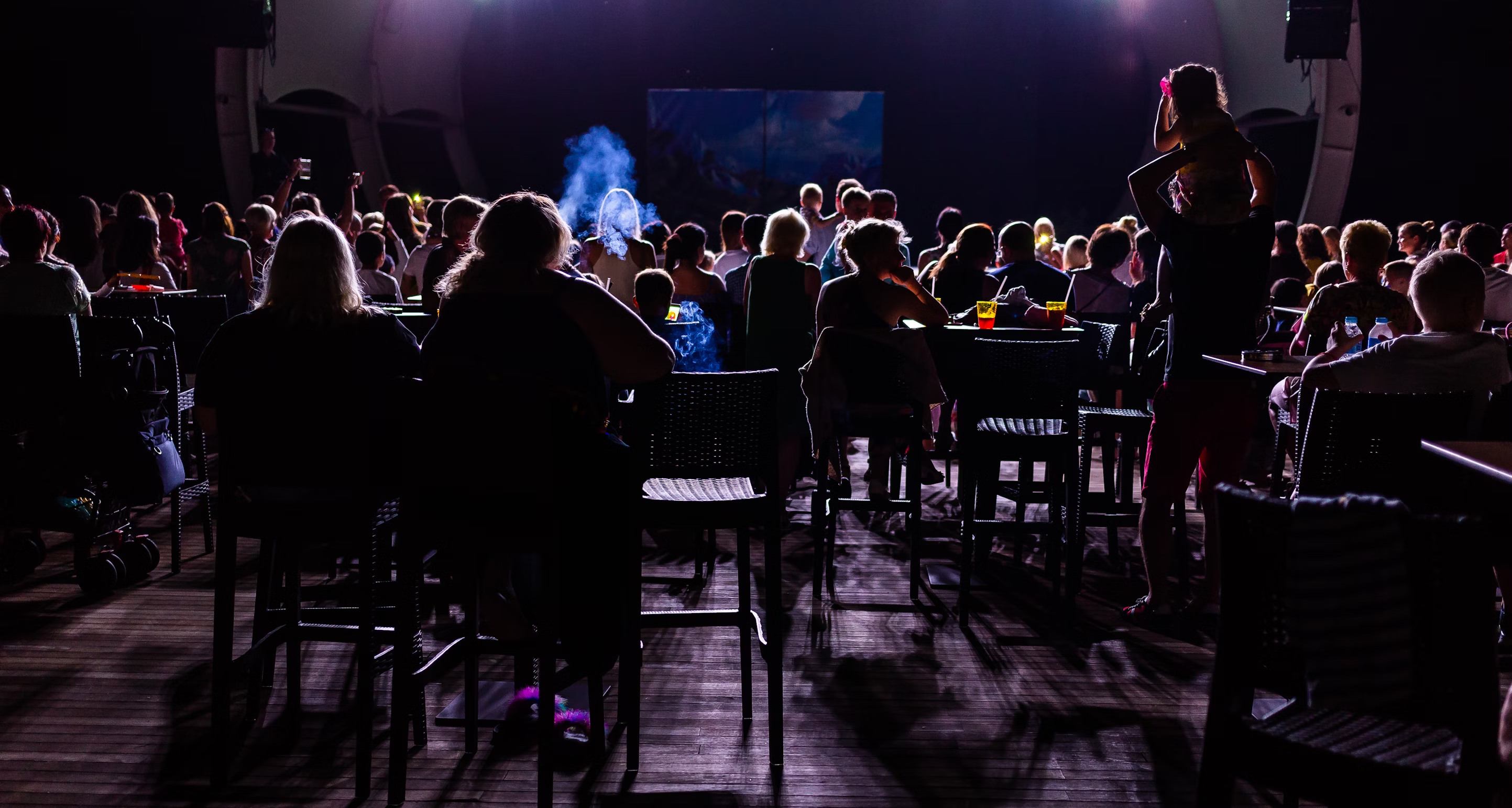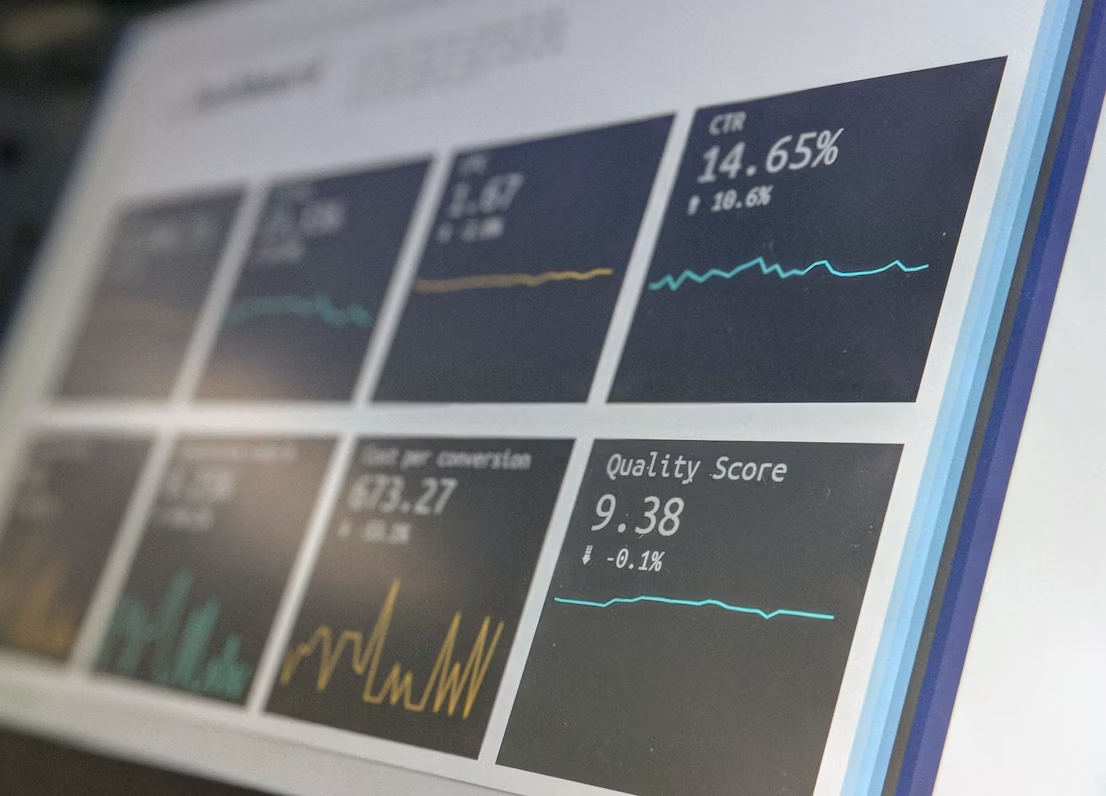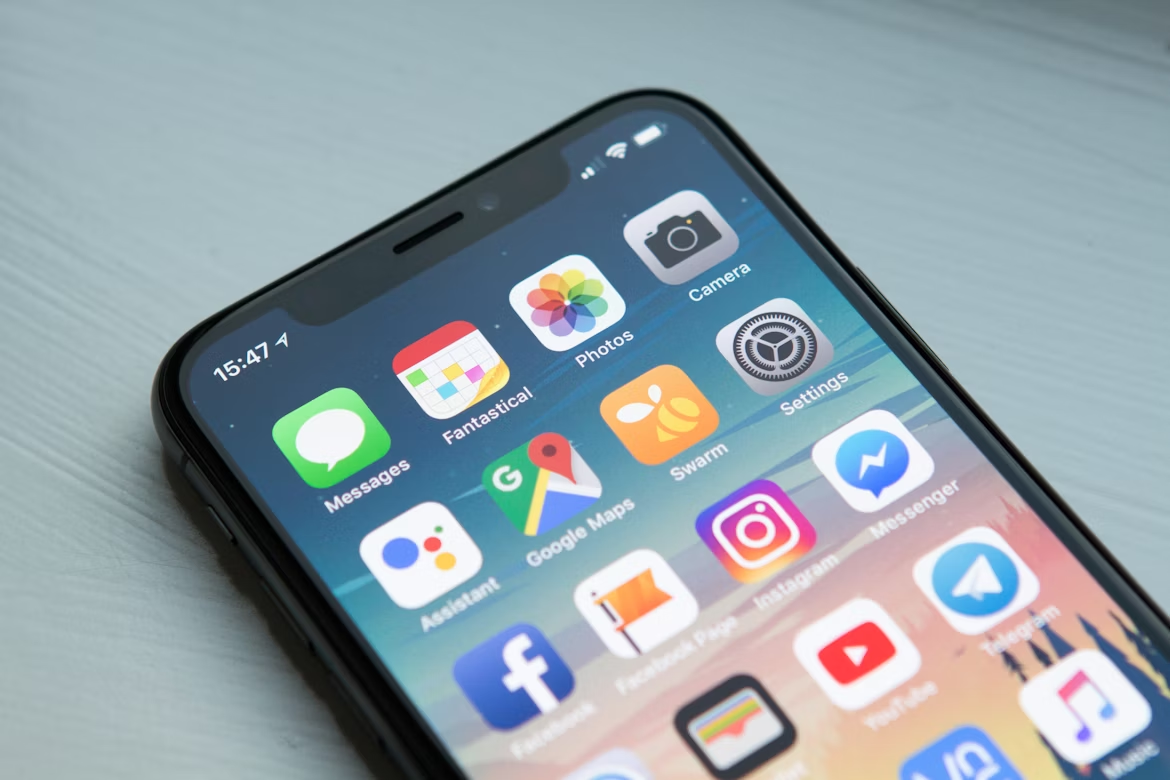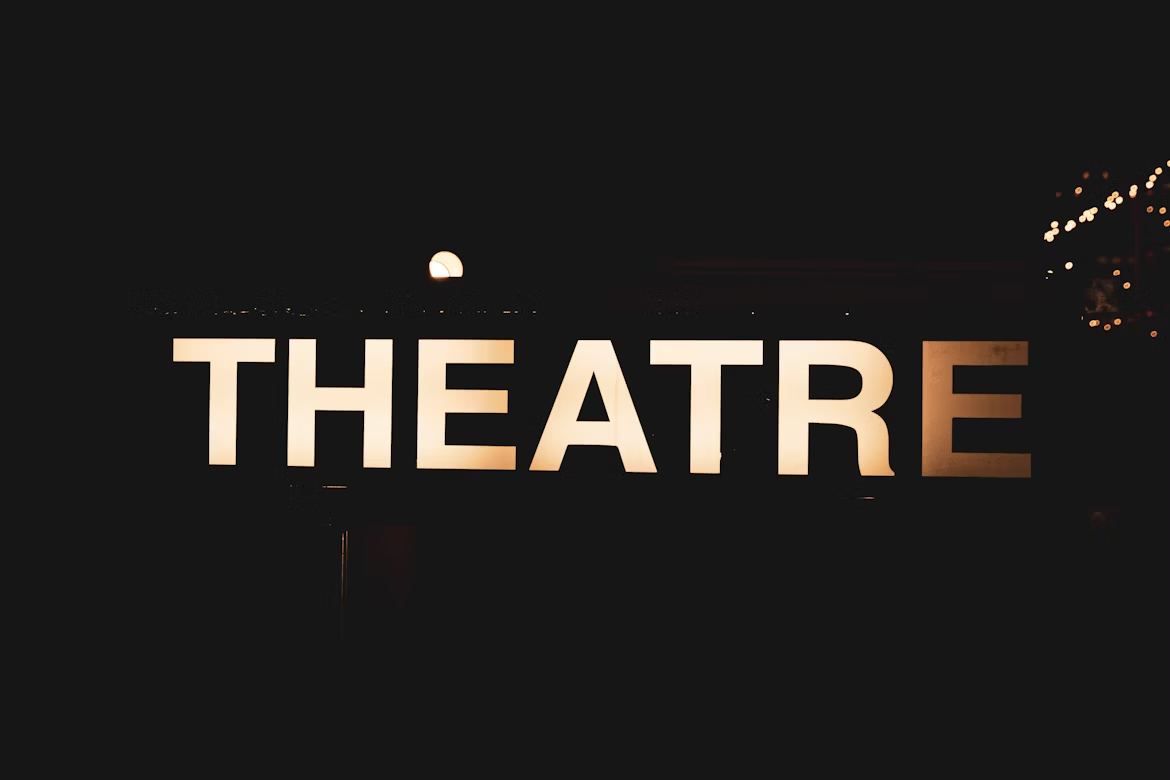Introduction - accessibility meets community
Every theatre is looking for ways to bring in new audiences, deepen community ties, and fill more seats. At the same time, accessibility is becoming an urgent priority - not just for compliance, but for survival.
One solution combines both goals: community captioning nights. These are special performances or screenings co-hosted with local schools, disability organizations, cultural associations, or immigrant communities. They don’t just serve existing audiences better - they open theatre doors to entire groups who may never have considered attending before.
Done well, community captioning nights can turn accessibility into a celebration of inclusion, a reliable revenue source, and a lasting reputation boost for your venue.
Why community captioning nights work
Theatre has always been about gathering people. Community captioning nights extend that spirit. They succeed because they combine three powerful forces:
- Accessibility: By making performances understandable through captions or surtitles, you welcome audiences who often feel excluded.
- Partnership: By collaborating with community groups, you benefit from their networks and trust.
- Shared ownership: By co-branding the event, you show audiences that theatre belongs to everyone, not just a narrow circle.
This mix builds a sense of belonging that sells tickets today - and builds audiences for tomorrow.
Who benefits from captioning nights
- Deaf and hard-of-hearing audiences: Finally have an event designed for them, not just adapted.
- Immigrant and language-learning communities: Can enjoy performances without language being a barrier.
- Schools and educators: Can bring students to events that double as learning opportunities.
- Local associations: Gain visibility and value by collaborating with a theatre.
- Theatres themselves: Sell more tickets, grow their profile, and build lasting goodwill.
Step 1 - choosing the right partners
The success of a captioning night begins with partnership. Theatres should identify organizations that share a mission of accessibility or inclusion. Potential partners include:
- Local deaf or hard-of-hearing associations.
- Cultural centres for immigrant communities.
- Schools, especially those with bilingual programs.
- Universities with performing arts or language departments.
- Nonprofits focused on accessibility or inclusion.
Tip: Don’t just send a generic invitation. Reach out personally, explain your theatre’s vision, and ask what their community would value most.
Step 2 - planning the event
A successful community captioning night requires more than switching on captions. The event should feel intentional, celebratory, and welcoming.
Consider these elements:
- Choice of production: Select a show with broad appeal or a clear cultural connection.
- Timing: Partner groups may prefer weekday matinees, weekend evenings, or family-friendly times.
- Pre-show introductions: Invite a representative from the partner group to welcome the audience.
- Accessibility details: Ensure captions are visible from all seats and provide clear information in advance.
Example: A midwestern U.S. theatre co-hosted a captioned performance of Romeo and Juliet with a local high school’s ESL department. Teachers prepared lessons around the play, and the night drew over 300 students and families who had never attended the theatre before.
Step 3 - marketing through community channels
One of the greatest strengths of captioning nights is that your partner organizations become co-marketers. Their endorsement brings credibility and reach.
Best practices:
- Provide partners with promotional kits (posters, flyers, social media graphics).
- Highlight the partnership in all theatre communications.
- Use testimonials from previous accessible nights to build momentum.
- Make accessibility details front and centre on your website (icons for captions, plain language descriptions).
Pro tip: Ask partners to share personal stories - for example, a community member explaining how captions help them connect with theatre. This creates authenticity and resonance.
Step 4 - creating an inclusive atmosphere
Accessibility is more than technical delivery - it’s also about atmosphere.
- Train front-of-house staff to welcome guests with inclusivity.
- Provide clear signage for accessible services.
- Encourage an open, celebratory tone in pre-show speeches.
- Ensure there’s no stigma around using captions - normalize them as part of the experience.
When audiences feel truly welcomed, they return - not just for special events, but throughout the season.
Step 5 - measuring impact
To prove the value of community captioning nights (to funders, sponsors, and internal teams), gather data:
- Ticket sales compared to regular performances.
- Number of first-time attendees.
- Audience feedback (surveys or post-show discussions).
- Partner testimonials about the collaboration.
Case study: A theatre in Toronto hosted a captioned performance in collaboration with an immigrant cultural centre. Surveys revealed that 65% of attendees were first-time theatre visitors - and 40% of those said they were “likely” to return within the next year.
Beyond captions - building inclusivity into the season
Community captioning nights are a gateway. Once you see their impact, they can inspire a broader accessibility strategy:
- Adding captioned or surtitled performances as a standard part of each run.
- Hosting regular relaxed performances.
- Offering multilingual materials for tourists and immigrant communities.
- Developing educational partnerships with schools around captioned shows.
The key is consistency: once audiences know accessibility is part of your DNA, they’ll trust your theatre as “their place.”
The financial case - accessibility pays
Theatres sometimes hesitate to invest in captioning because of upfront costs. But captioning nights prove that accessibility can generate revenue:
- Group sales volume: Partner organizations often bring large groups, ensuring high occupancy.
- New audience segments: Captions and surtitles attract immigrant, tourist, and hard-of-hearing communities.
- Repeat loyalty: Once audiences feel included, they often become regular attendees.
- Sponsor appeal: Companies increasingly want to be associated with inclusive initiatives.
Accessibility is not a burden - it’s a business case.
Common pitfalls (and how to avoid them)
- Treating it as a one-off PR stunt.
- Audiences notice when accessibility isn’t genuine. Make it ongoing.
- Failing to promote accessibility clearly.
- If captions aren’t obvious in marketing, audiences who need them won’t book.
- Not testing technology in advance.
- Always run technical rehearsals for captions or surtitles to avoid glitches.
- Overcomplicating partnerships.
- Keep agreements simple: shared promotion, co-branding, maybe revenue sharing.
Conclusion - inclusion as a growth engine
Community captioning nights are more than accessible performances. They are opportunities to connect with overlooked audiences, strengthen partnerships, and show your city that your theatre belongs to everyone.
They fill seats, grow loyalty, and build a brand that funders, sponsors, and communities are proud to support.
When done well, they transform accessibility from an obligation into a celebration - one that benefits both your audience and your bottom line.








